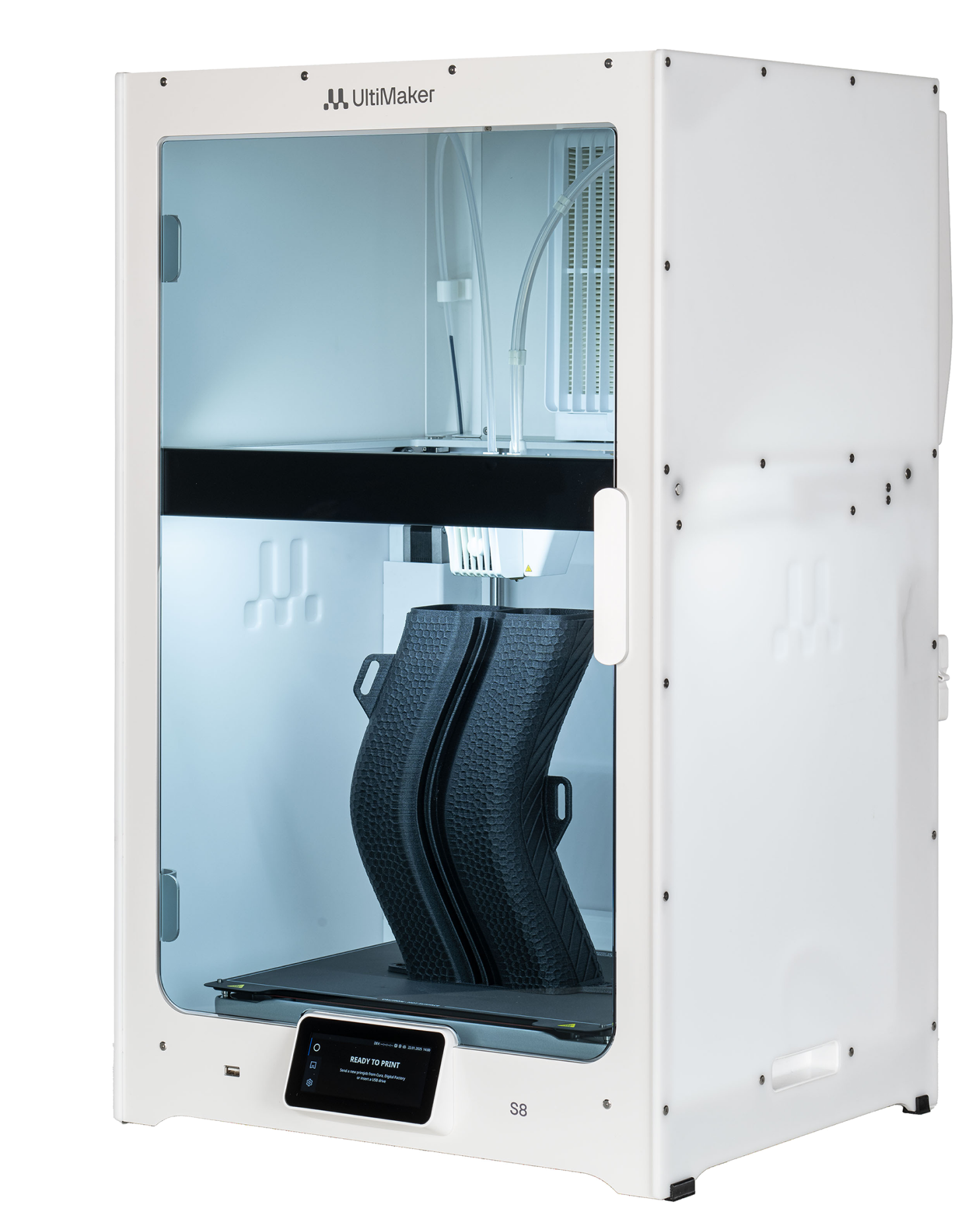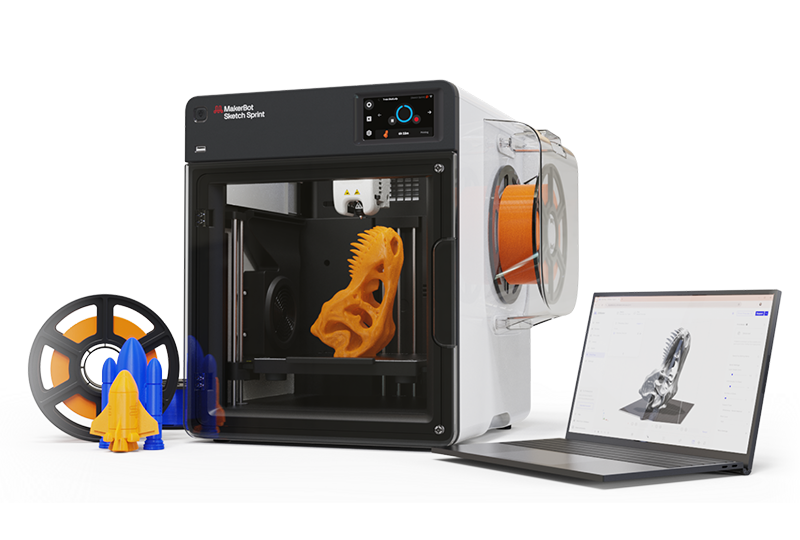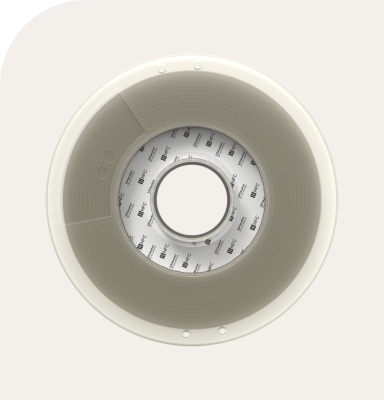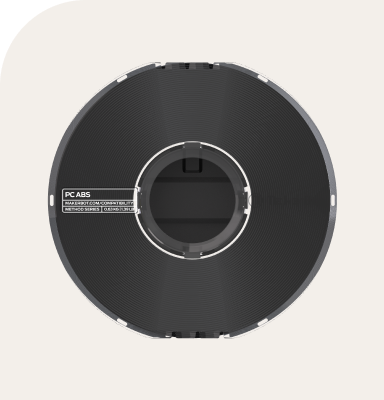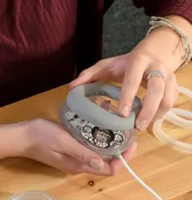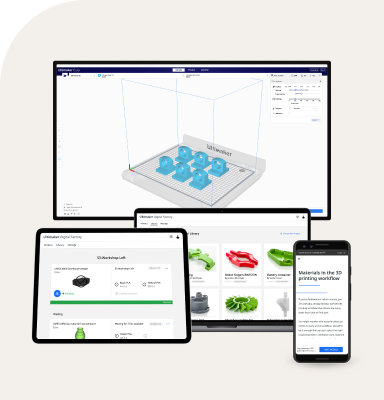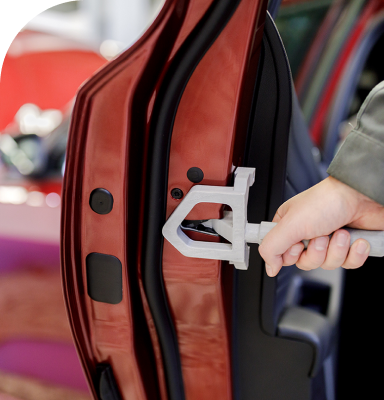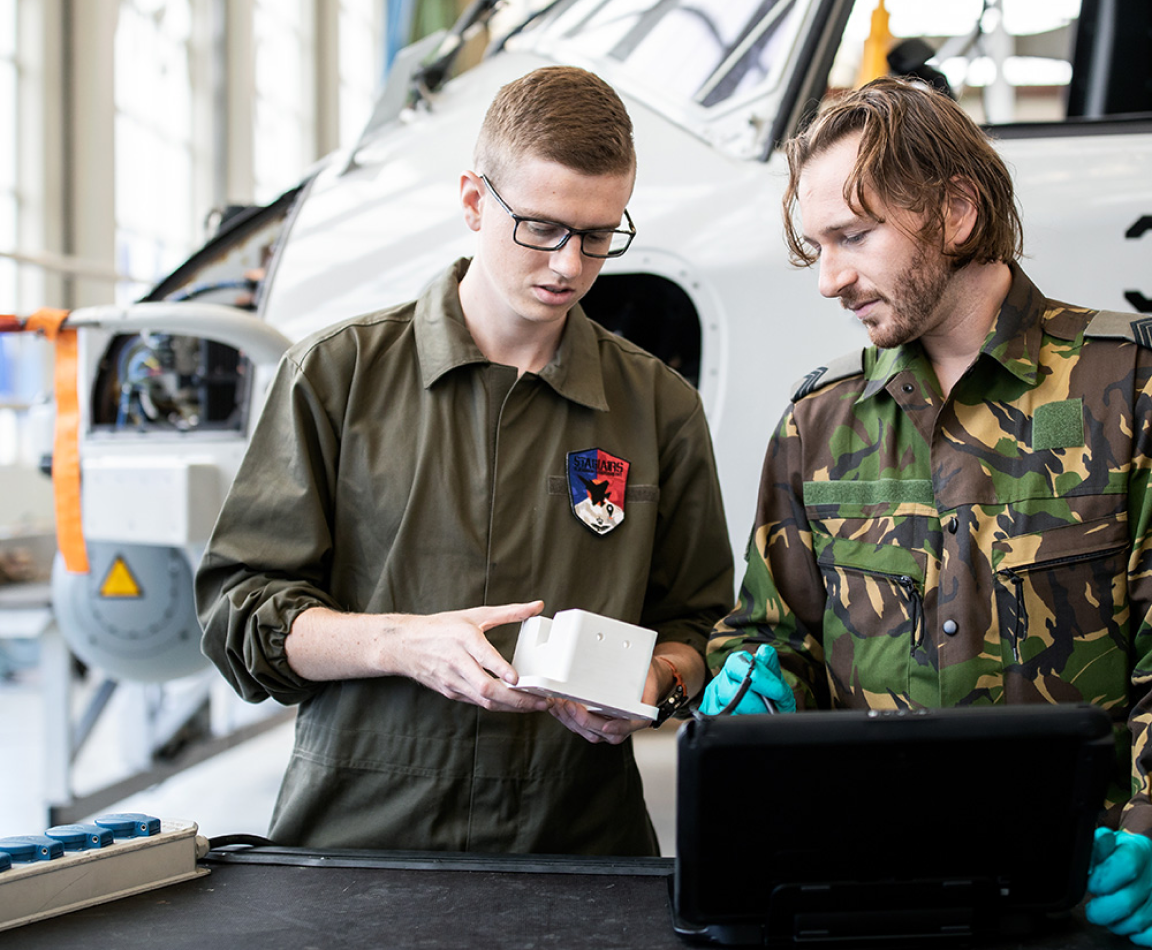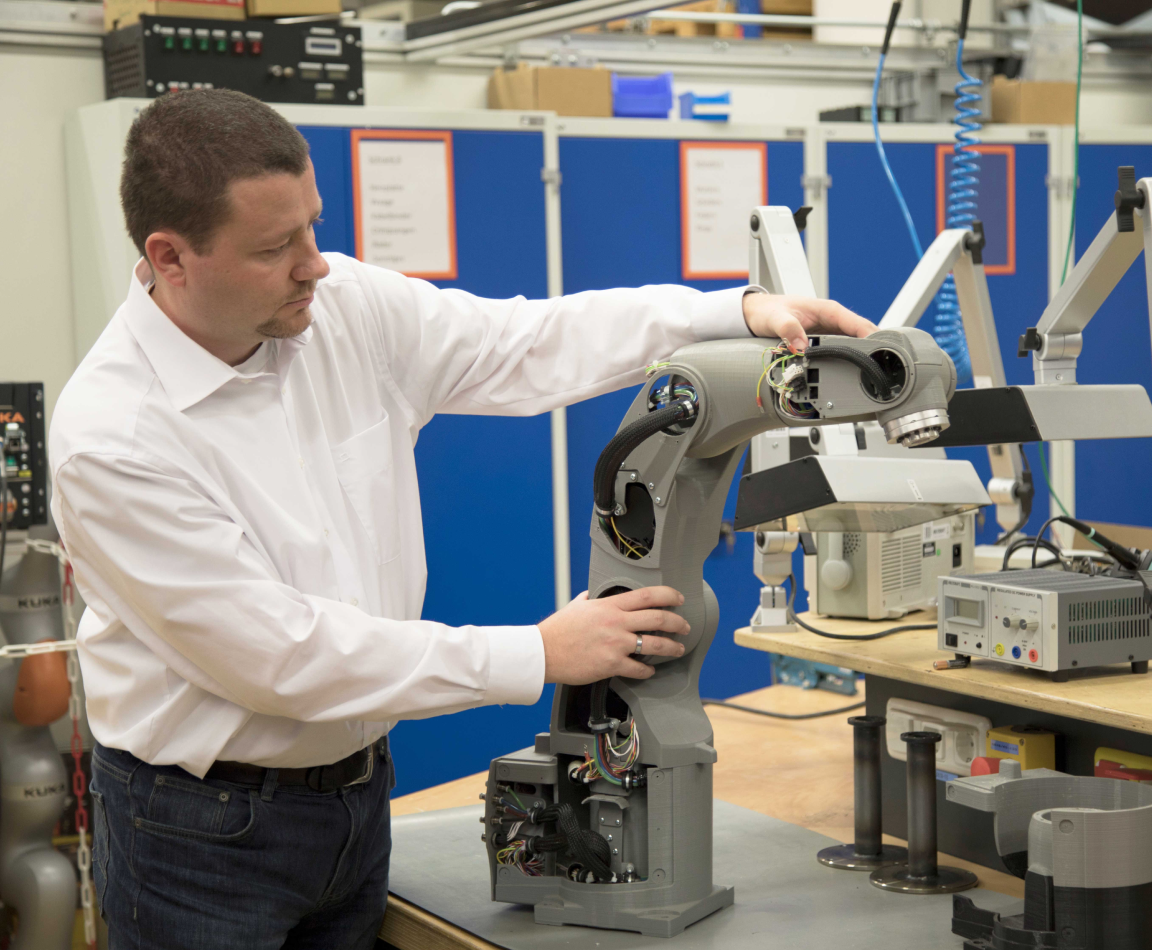Lonypack Global在腌肉和乳制品切片领域拥有25年的经验。位于西班牙马德里西北一小时车程处,该工厂的去骨、切片和包装生产线已获得最高标准的认证。
In early 2022, in consultation with Sicnova,Lonypack决定在其工厂中采用3D技术,以优化生产过程,使用UltiMaker 3D打印机和Kimya的3D打印材料。
Achieving greater self-sufficiency and cost savings
Lonypack began to explore 3D printing in early 2022. Their goal was to develop new component designs that would optimize its production process. Doing so would allow the Spanish company to achieve these improvements in its state-of-the-art plant in the most economical, customizable way possible.
 Based in central Spain, Lonypack started to explore 3D printing in 2022
Based in central Spain, Lonypack started to explore 3D printing in 2022
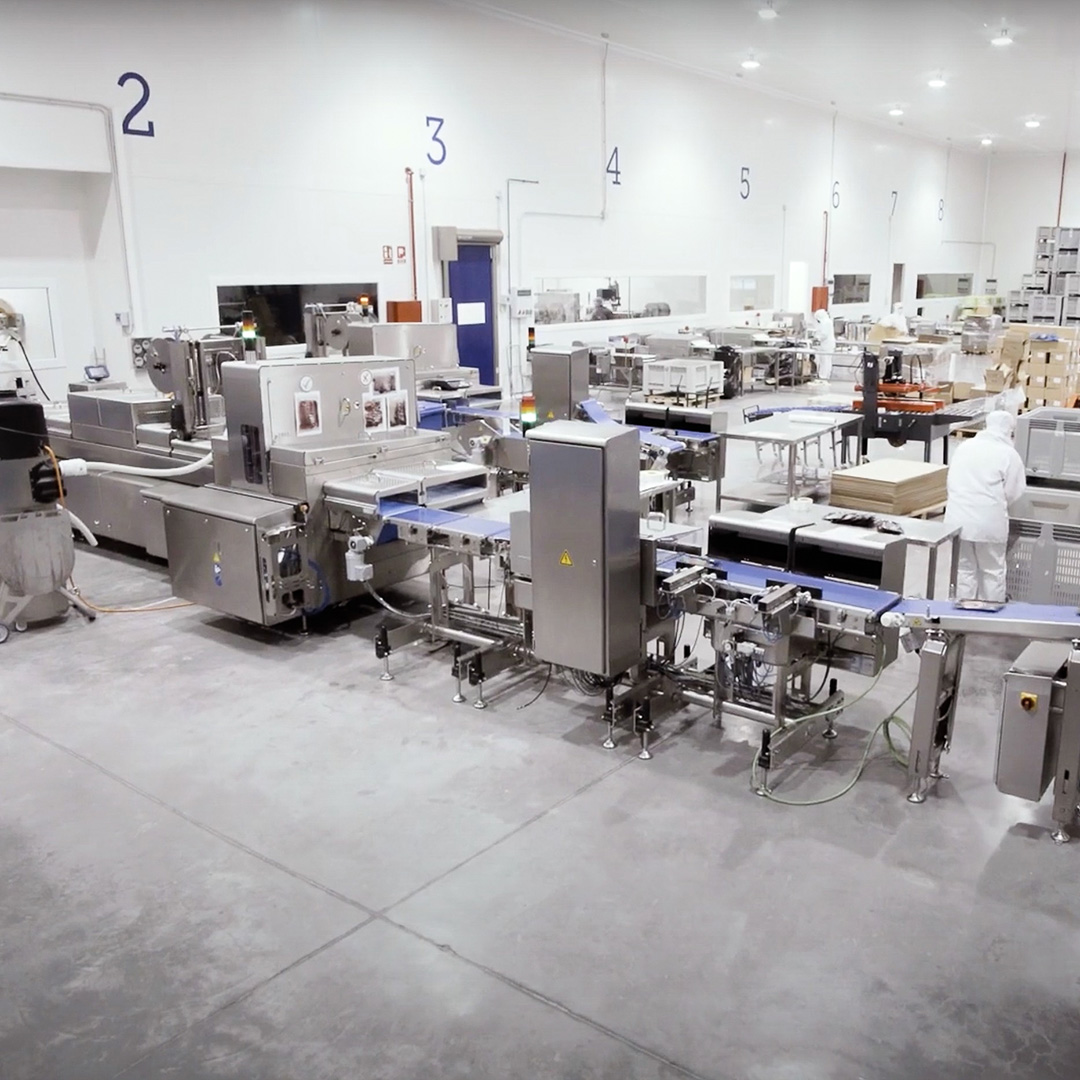 They maintain the highest level of certification in their state-of-the-art production plant
They maintain the highest level of certification in their state-of-the-art production plant
The first challenge was sourcing manufacturing materials that were safe for food contact. To increase self-sufficiency and resilience, Lonypack needed a way to regain control of the supply of replacement parts and the manufacture of components for its boning, slicing, and packaging lines.
3D printing has allowed us to create parts such as cutting edges, picker combs, turning mechanisms, and sprockets for our robot arms and cutters at a cost of up to 70% less.
— Román Velasco, Director of Industrial Engineering at Lonypack
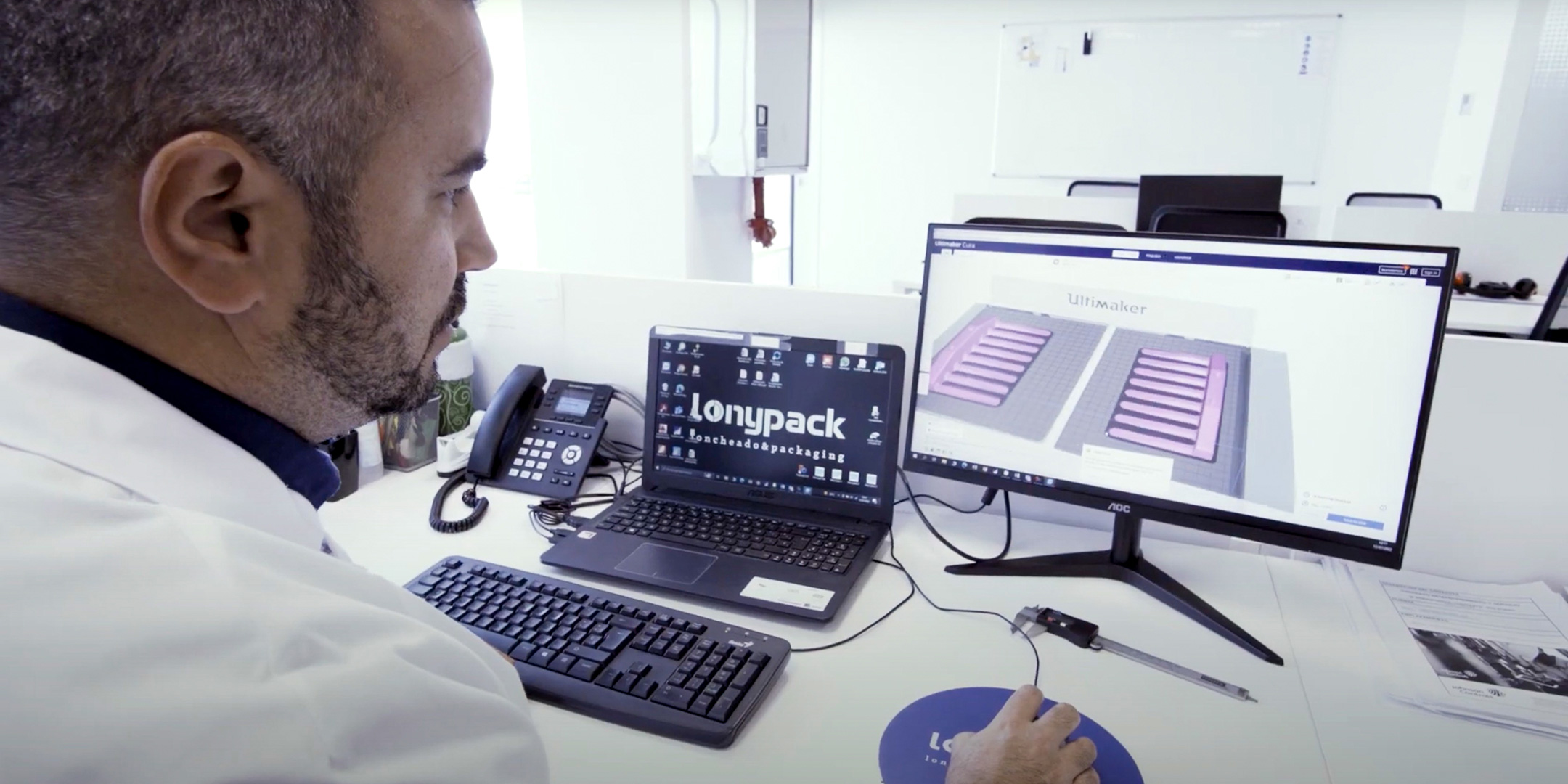 Industrial engineers have developed 4 key applications with the help of UltiMaker partner Sicnova and reseller Cosomo 3D
Industrial engineers have developed 4 key applications with the help of UltiMaker partner Sicnova and reseller Cosomo 3D
Food-safe parts printed with Kimya PETG-S filament
Lonypack began looking at the possibility of using UltiMaker S5 3D printers to create customized parts for its production line. To do so, they followed the advice of Sicnova and its reseller Cosomo 3D, who supported them throughout the process of implementing the technology.
The precision and reliability of the UltiMaker S5, a machine that brings the industrial capacity to a desktop size, was the reason Lonypack opted for this model. In addition, they chose the PETG-S filament from the leading material brand Kimya because it is certified safe for food contact as indicated by its blue color.
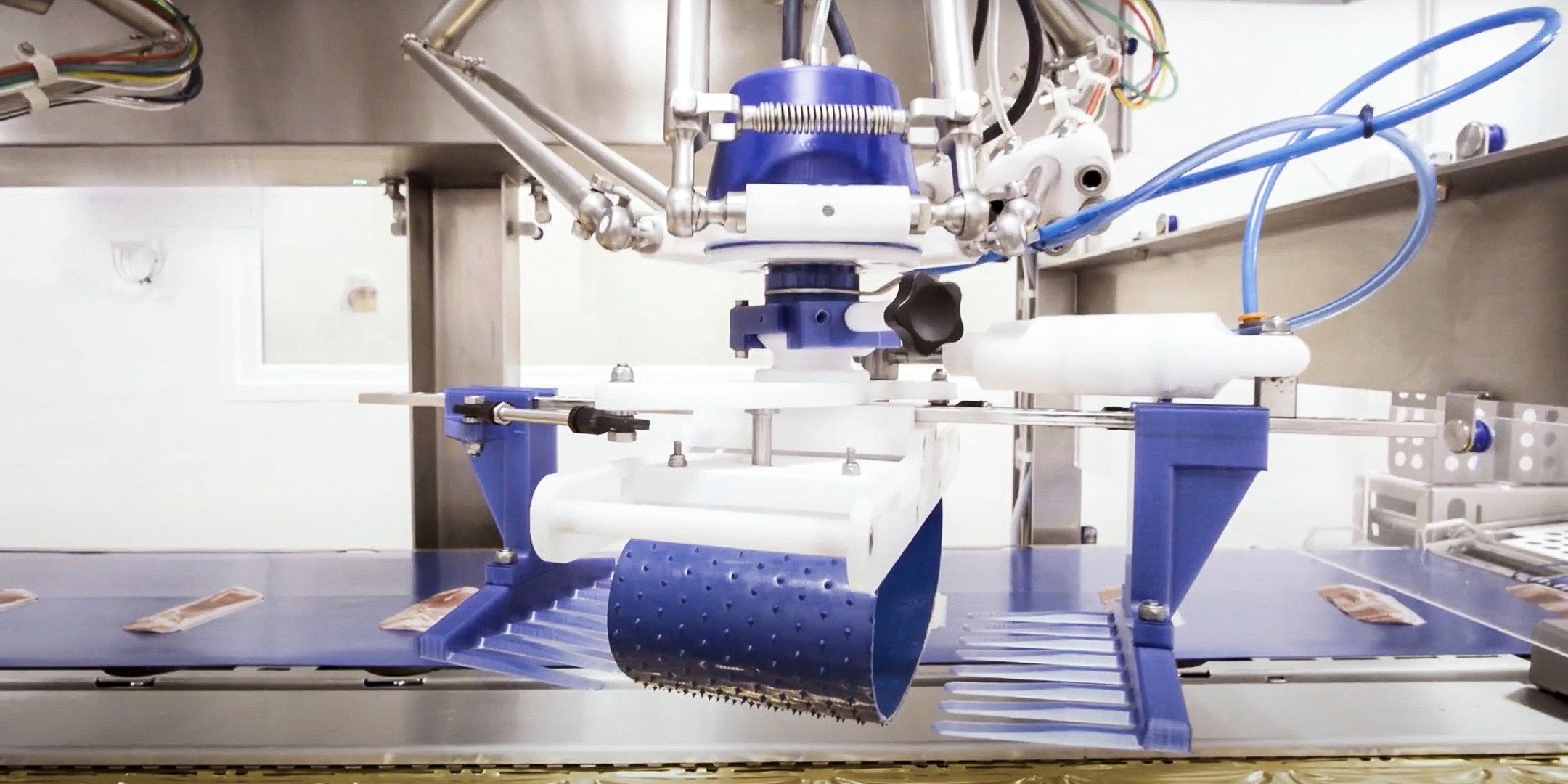
70% savings on parts and reduced turnaround times
The new design solutions were implemented right from the start. Lonypack created parts including cutting edges, line comb pickers, turning mechanisms and sprockets costing up to 70% less than they were used to previously.
Lead times were also reduced by 70% compared to the deliveries they received previously.
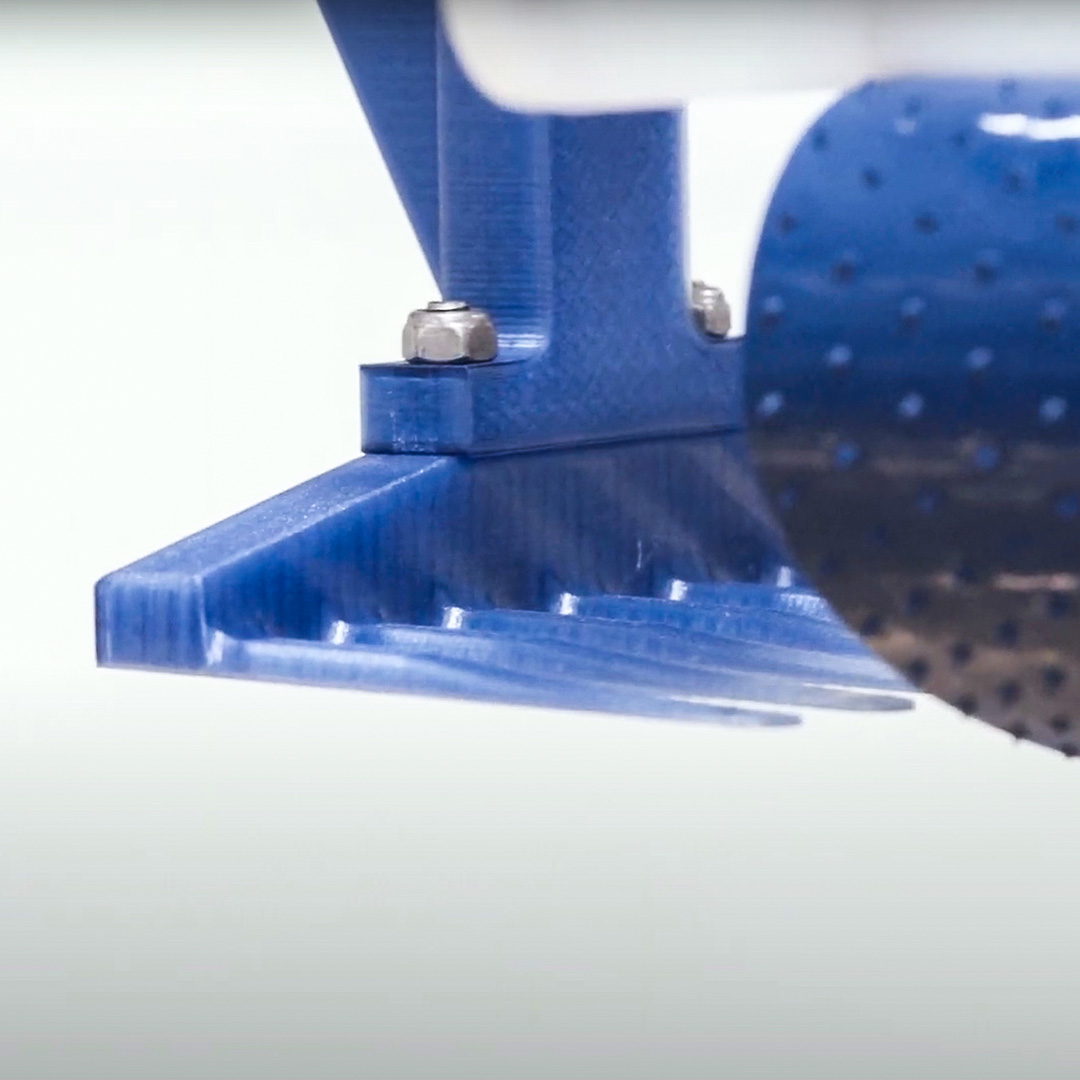 The 3D printed parts save 70% in costs and are a distinctive blue to indicate food safety
The 3D printed parts save 70% in costs and are a distinctive blue to indicate food safety
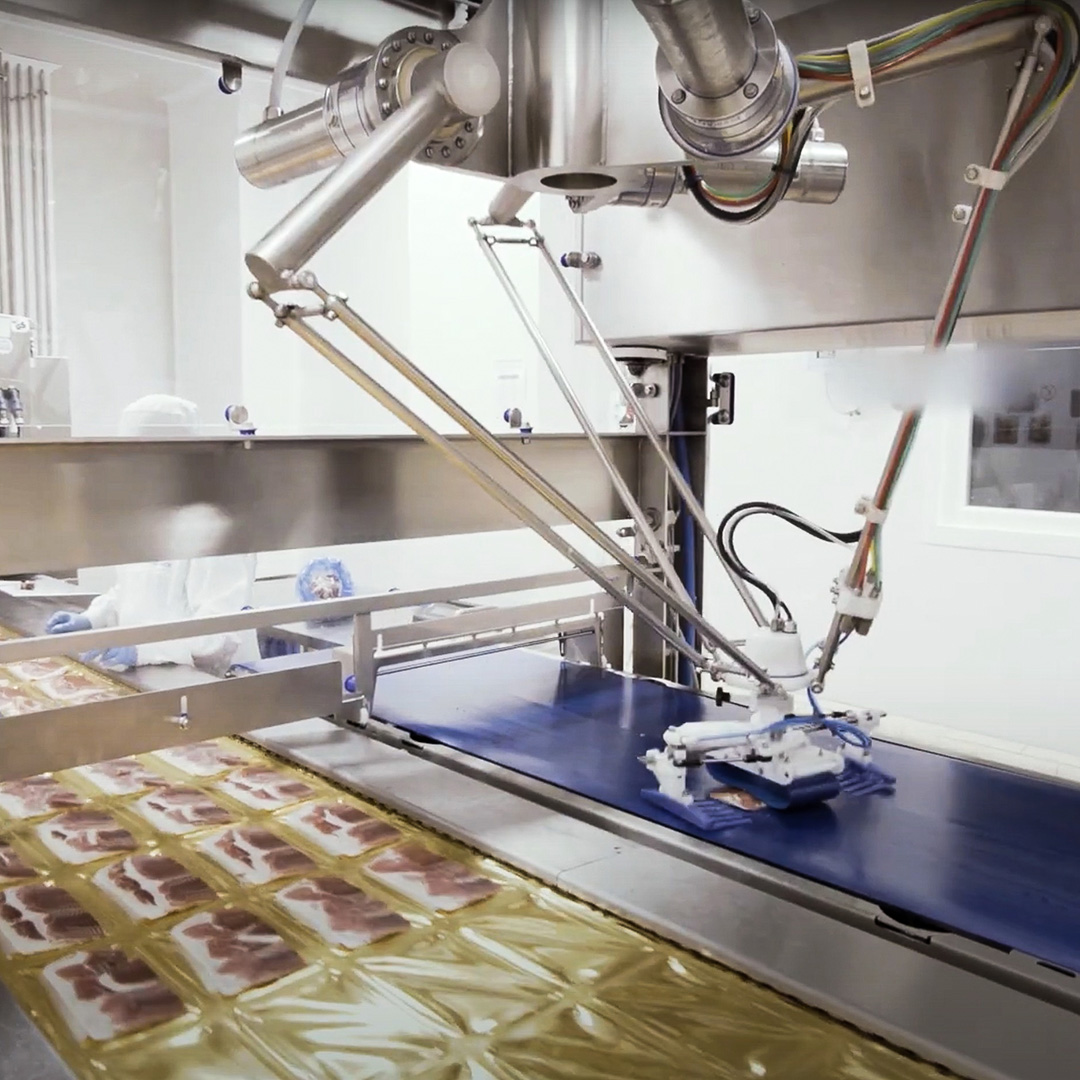 Robot arms fitted with picker combs lift meat portions fresh from the slicer onto the packaging
Robot arms fitted with picker combs lift meat portions fresh from the slicer onto the packaging
The cutting edges protect the blades during slicing. The picker combs pick up the portions to be packaged. And the turning mechanism transports the portions to empty trays that form part of the package. None of these savings in the operation of the robot arms and slicers would have been possible without Kimya’s guarantee that parts printed were food safe throughout the process.
Wider adoption in the food industry
Lonypack’s first experience with 3D printing has been a great success, as Román Velasco explains:
It’s just a matter of time before other food companies incorporate these solutions into their production processes. And in the future, they will be an essential part of the plants.
Explore more packaging applications
This story was originally published here, and was translated and edited with permission.



